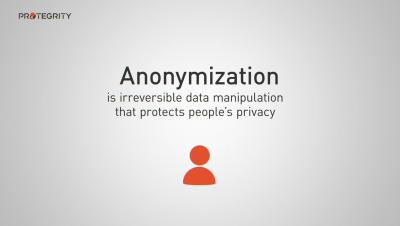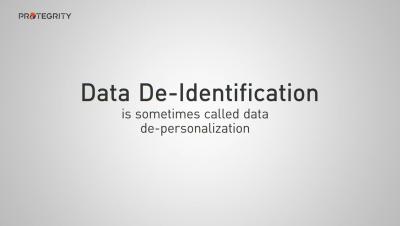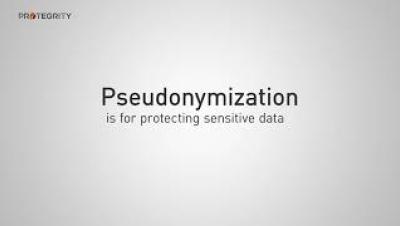Featured Post
The tension between the CDO and the CISO: The balancing act of data exploitation versus protection
Data is the most valuable resource for the global enterprise. For any company wanting to remain relevant in today's competitive business landscape, data needs to be at the centre of every business decision, allowing the C-suite to review initiatives, make real-time decisions and if necessary reverse actions. A quick response fuelled by real data insights will power and improve the customer experience and product offerings while driving lower prices through better efficiency. Ultimately, this will improve the bottom line and deliver successful outcomes for many organisations.






